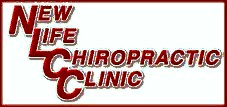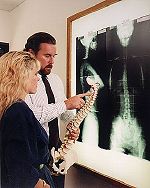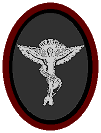| |
|
A. First
of all, I think it is important for you to gain a better understanding
of carpal tunnel syndrome. CTS is usually associated with a tingling,
numbness and/or pain in the fingers, hand or wrist. The symptoms range
from mild to severe, constant or sporadic. Similar conditions may also
occur in the arm, shoulder or neck regions.
Thc
carpal tunnel itself is formed by the carpal bones in your wrist.
Through the tunnel run a group of tendons and the median nerve.
CTS is commonly associated with pressure on this nerve.
CTS
affects as many as one in ten people who work with their hands and is
even more common with people who perform repetitive tasks, such as secretaries
carpenters computer operators, etc. In these cases, it may also be called
Overuse Syndrome. CTS is also found in people who have suffered trauma
to the hands, arm, or neck. It can also occur in
pregnant women or people who experience a sudden weight change.
Now
that you have a better understanding of CIS, you can take a look at
the different approaches in treating this common ailment. The medical
approach may include a splint to immobilize thc wrist or a prescription
of diuretics (or anti -inflammatory drugs. Sometimes an injection of
corticosteriods is prescribed to provide temporary relief. As a last
resort, surgery may be performed. Recovery can take months or even years
and there is no guarantee that your symptoms will not return.
The
chiropractic approach is very different. As a chiropractor, I am more
interested in finding out what is causing the symptom than in simply
treating the symptom. The first area I examine in a CTS case is not
the wrist, but the neck. It is here that a group of nerves known as
the brachial
plexus comes out of the mid to lower neck region, then branches out
to the arms, hands and fingers.
If
there is pressure on any of these nerves, especially the median nerve,
the result may be CTS. It is not uncommon to have neck involvement when
the symptoms occur in both hands. Likewise, if there is pressure on
the nerves in the shoulder area, elbows, or wrist, the symptoms may
also appear. As a chiropractor, I adjust the bones of the neck,
known as the vertebrae, to relieve the pressure on nerves involved.
It has been shown to be very effective in treating CTS by manipulating
the various carpal bones in the wrist to reduce the pressure on the
tunnel itself. These small bones can easily become displaced, resulting
in CTS. Taping, splinting and various forms of physical therapy can
also be
used.It is
also an important part of treatment to determine how
CTS was first developed. For instance, if a patient develops
CTS because they sit in front of a computer all day, it is
important to determine if the chair, desk, keyboard, screen, etc. are
set up properly.
In
conclusion, I feel that the chiropractic approach is an excellent choice
for the treatment of CTS. It should definitely be considered before
more aggressive treatment such as drugs or surgery are attempted. Please
call me at my clinic if you are suffering from any symptoms of CTS.
  
  

|


